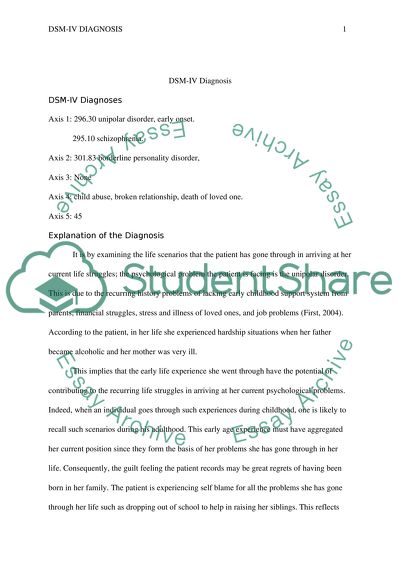Cite this document
(“Case analysis response Study Example | Topics and Well Written Essays - 2500 words”, n.d.)
Retrieved from https://studentshare.org/psychology/1475749-case-analysis-response
Retrieved from https://studentshare.org/psychology/1475749-case-analysis-response
(Case Analysis Response Study Example | Topics and Well Written Essays - 2500 Words)
https://studentshare.org/psychology/1475749-case-analysis-response.
https://studentshare.org/psychology/1475749-case-analysis-response.
“Case Analysis Response Study Example | Topics and Well Written Essays - 2500 Words”, n.d. https://studentshare.org/psychology/1475749-case-analysis-response.


